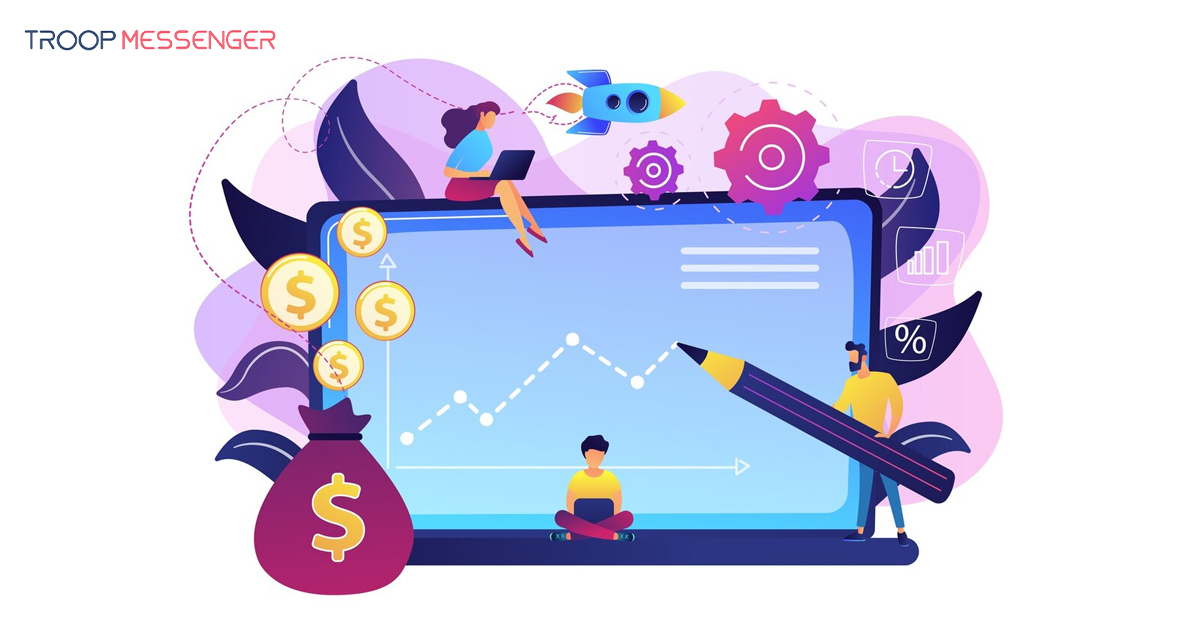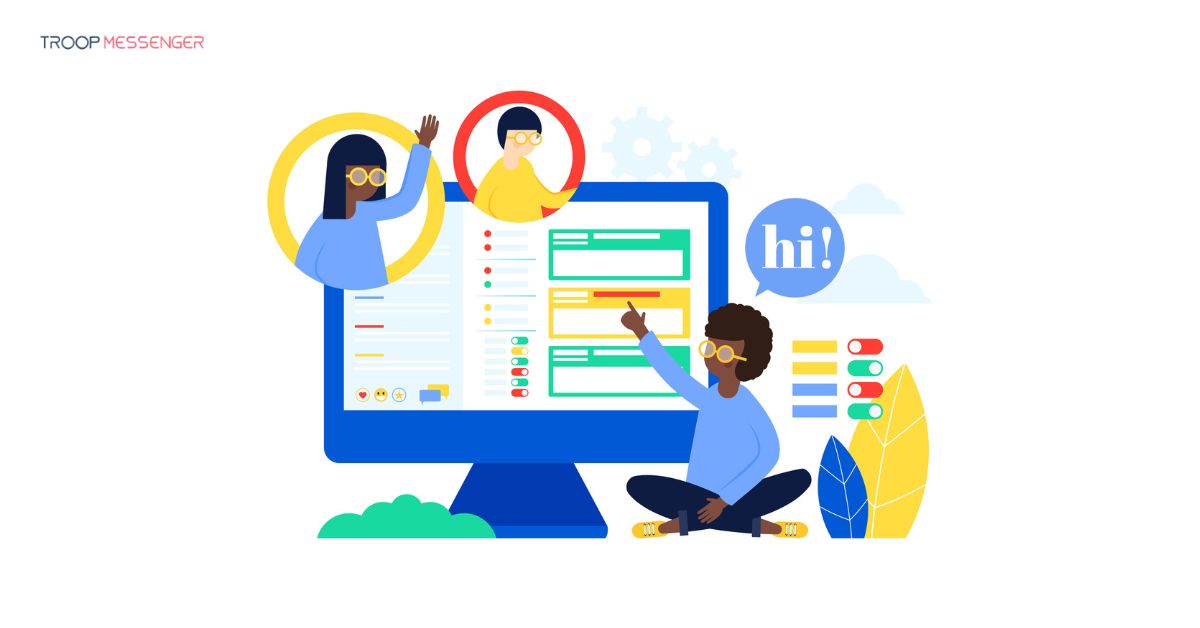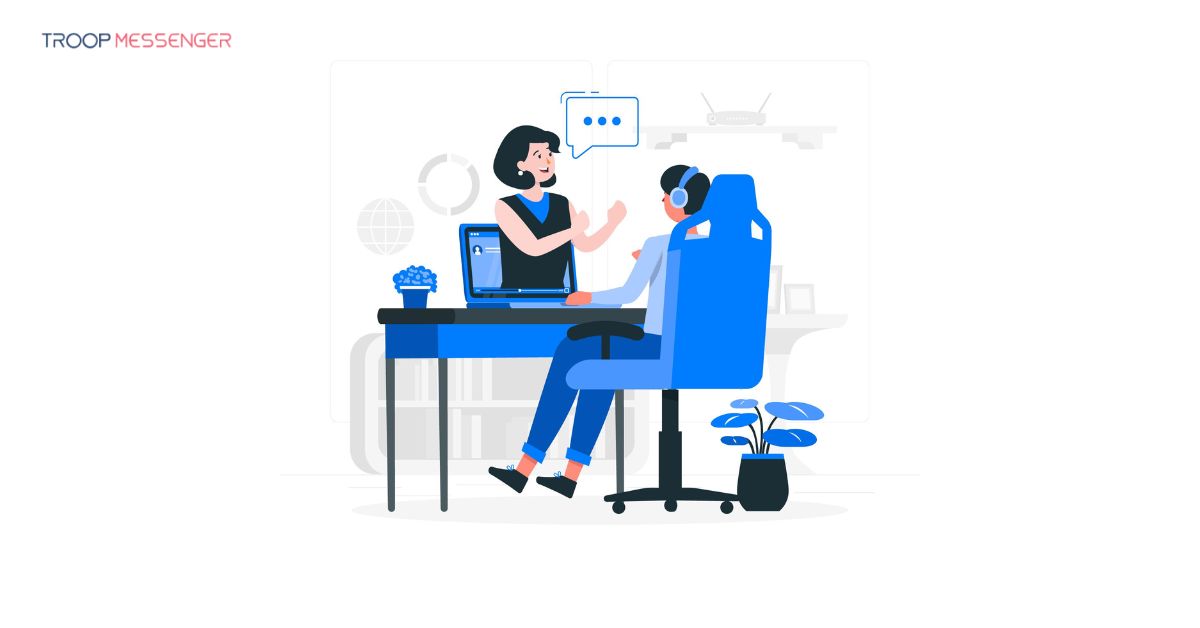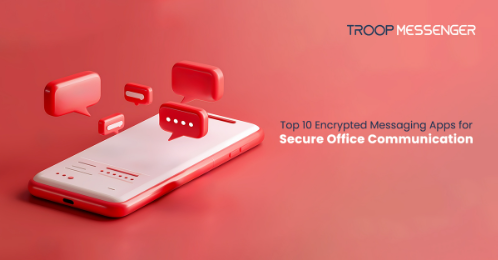Connect with us

Marketing Your Game and Making Money: Choosing the Right Methods - and Keeping Your Team Working Smoothly Together
Launching a game into a jam-packed market and planning to make a profit requires more than just an original idea and slick gameplay to back it up.
So much of success in this sphere boils down to picking the right marketing strategies that resonate with your target audience, as well as monetizing your pride and joy in an appropriate way.
There’s also the fact that your team are the gears behind the scenes, and they need to mesh perfectly to drive your project forward properly at all points.
So with all that in mind, let's get into the specifics of how to amplify your game's market presence while ensuring each member of staff plays their winning part.
Starting with the Nuts and Bolts of Video Game Marketing
Everyone knows that the video game industry is booming, with revenues projected to top $282 billion in 2024, and annual growth over 8.76% pegged for the next three years on top of this. With such eye-watering numbers, standing out becomes the central challenge for any game developer.
How you market your game can make all the difference between an unnoticed gem and a celebrated hit. Yet creating a buzz is a struggle, and it’s strategic communications that will capture attention and convert viewers into players. Here are some of the main strategies to consider:
Investigate Influencer Partnerships
The power of influencer marketing in the gaming industry can't be overstated, with 43% of people following influential individuals on social media, and men aged 18 to 34 being the biggest demographic tuned into gaming pros in particular.
So, here’s a breakdown of how tapping into influencers can raise your game's profile:
- Credibility Boost: Gamers trust other gamers. Aligning with respected influencers means their endorsement could translate into immediate interest and credibility among their followers.
- Demographic Targeting: Influencers often have a niche audience. Partnering with the right ones ensures your game is seen by those most likely to be interested in it.
- Content Creation: Influencers are content wizards - they generate reviews, playthroughs, and tutorials that not only showcase your game but also add depth to its online presence.
- Viral Potential: A well-executed collaboration with an influencer can lead to viral moments, spreading the word of your game faster than traditional advertising methods might manage.
Most importantly, select influencers who resonate with your brand values and whose audience reflects your target players for optimal impact.
Build a Solid Player Base
Building a thriving community well before your game hits the market can ensure its long-term success. Given that 40% of people see the community aspect of gaming as being beneficial to their mental health, it’s also an important ethical step. Here are key strategies to foster an engaging community:
- Early Engagement: Utilize platforms like Discord or Reddit early in development to start conversations and build anticipation.
- Exclusive Insights: Share behind-the-scenes content, sneak peeks, and development updates to give your growing community insider status.
- Feedback Loop: Encourage feedback on everything from character design to UX/UI and incorporate that into the game development, thus creating a sense of ownership among potential players.
- Regular Interaction: Ensure you keep up regular communications - weekly Q&A sessions, live streams of playtests, or developer diaries can keep the momentum going.
Crucially, it’s a fact that invested players spread word-of-mouth endorsements more passionately than any paid ad ever could. Start building your base now to reap benefits at launch.
Utilizing Data-Driven Marketing
Precision in marketing is only possible if you’re using the data available to you effectively. This is particularly true given that 71% of people want to receive tailored brand interactions, rather than generic ones. Here's how to apply this to marketing your game:
- Player Behavior Analysis: Gather data on how users interact with your game to identify patterns and preferences, which can fine-tune your marketing efforts.
- Tailored Campaigns: Use player data to create personalized campaigns that speak directly to different segments of your audience.
- Performance Metrics: Keep an eye on key performance indicators (KPIs) from each campaign and tweak them in real-time for improved outcomes.
- Predictive Analytics: Employ predictive models to anticipate market trends and consumer behavior, allowing you to stay ahead of the curve.
Incorporating a data-focused approach ensures that every decision is informed, every dollar is well spent, and no move is made in the dark.
Moving on to Monetization Strategies That Work
Monetizing a game is much like finding the sweet spot in a well-designed level - it requires precision, timing, and an understanding of the player's journey. Identifying monetization strategies that align with your game design and audience preferences is more critical than ever if you want to get a slice of this ever-growing pie.
It’s best to take a leaf out of the books of other developers in this scenario, so here are some tried-and-true methods to turn your digital creation into a profitable venture without compromising the user experience:
Example: Loot Boxes (e.g. Counter-Strike)
Loot boxes have become a lucrative feature in games like Counter-Strike, engaging players with the allure of randomized rewards. Reports indicate that the global loot box market could reach $20 billion by 2025.
Here's how they can bolster your revenue:
- Recurring Revenue Stream: Offer loot boxes periodically to encourage players to make regular purchases.
- Incentivized Spending: Implement a reward system that gives better odds for higher-tier items, nudging players towards more frequent or higher-valued purchases.
- Balancing Act: Ensure loot boxes don't give paying players an unfair advantage, which can be off-putting and drive away your user base. You want to avoid a pay-to-win situation at all costs - which is why cosmetic unlocks tend to be preferred here, as in the case of Counter-Strike.
- Transparency is Key: Clearly communicate the odds of receiving each category of item within the loot boxes to maintain trust and avoid potential regulatory issues.
In the case of Counter-Strike, loot boxes have allowed for entirely new economies and marketplaces to emerge based around the seemingly simple concept of in-game cosmetics.
So people who want to open a CS2 case can do so either within the game itself, or elsewhere depending on their needs. This means that monetization can spread far and wide, and perpetuate the marketing buzz you’ve built, as well as the community you’re nurturing.
Example: Subscription Models (e.g. World of Warcraft)
The subscription model, as seen in legendary games like World of Warcraft, provides a steady income while keeping players engaged over extended periods. The global subscription gaming market is estimated to be worth approximately $17.16 billion in 2021 and shows no signs of slowing down, with double-digit growth projected each year for the coming decade.
Here are the essentials for leveraging this strategy:
- Steady Content Updates: Regularly release new content to justify ongoing costs and retain subscriber interest.
- Tiered Access: Offer different levels of subscriptions providing varied access levels or perks to cater to diverse player budgets and dedication.
- Free Trials: Allow players a glimpse into the full experience with free trial periods, which can convert testers into loyal subscribers.
- Community Building: Foster a strong sense of community among subscribers with exclusive events, forums, or chat features that make the monthly fee feel worthwhile.
A subscription model demands that your game delivers constant value, making it crucial to align this strategy with long-term development plans for the best chance at sustained success. As such, it might not suit smaller teams or those with limited resources.
Example: Freemium Models (e.g. Clash of Clans)
The freemium model offers the core game for free while charging for advanced features or enhancements, an approach that has catapulted titles like Clash of Clans to massive profitability. This is particularly widely seen in the mobile space, where 64% of people play portable games and 48% spend at least $20 a month on in-game purchases.
To harness this monetization avenue effectively:
- Base Experience: Ensure the free version provides a solid, enjoyable experience that hooks players and leaves them wanting more.
- Valuable Upgrades: Design premium features to significantly enhance gameplay or offer aesthetic value that players are willing to pay for.
- Gradual Engagement: Encourage gradual investment by incrementally introducing premium elements as players progress and become more invested in your game.
- Non-Intrusive Offers: Present microtransactions in a way that feels organic rather than disruptive to avoid deterring players from continuing their journey.
When executed with finesse, a freemium model can lead to high user acquisition rates while still generating substantial revenue from dedicated player segments.
Finishing Up with Strategies for Cohesive Team Dynamics
In the high-stakes game of development, where 44% of projects exceed their timelines, maintaining a well-oiled team is as crucial as hitting deadlines.
Here's how to keep your collective working like a finely-tuned engine:
- Open Communication Channels: Foster an environment where dialogue flows freely, and issues can be raised without fear of retribution. Also avoid internal communication mistakes, as these can be more common than you’d think.
- Defined Roles and Responsibilities: Ensure clarity by defining who does what; ambiguity can lead to overlaps or dropped tasks.
- Regular Check-Ins: Implement stand-ups or progress meetings to keep everyone aligned on project status and upcoming sprints.
- Celebrate Milestones: Take time to acknowledge both individual achievements and team successes; it's vital for morale and improving team productivity.
- Conflict Resolution Mechanisms: Have clear protocols in place for when disagreements arise, so they're handled constructively and efficiently.
Encouraging a culture of collaboration is about productivity and also crafting experiences that are the sum of passionate contributions from every team member.
Conclusion
All of these elements for marketing and monetizing your game can only be implemented if you’re also taking the teamwork side of the equation seriously from the very beginning of development. It’s best to learn from others - not only in terms of sensible strats but also mistakes to avoid - if you truly want to launch the next Minecraft or Fortnite.
And while success won’t come overnight, those that put in the hard yards will see returns more consistently than those who try to cut corners.








